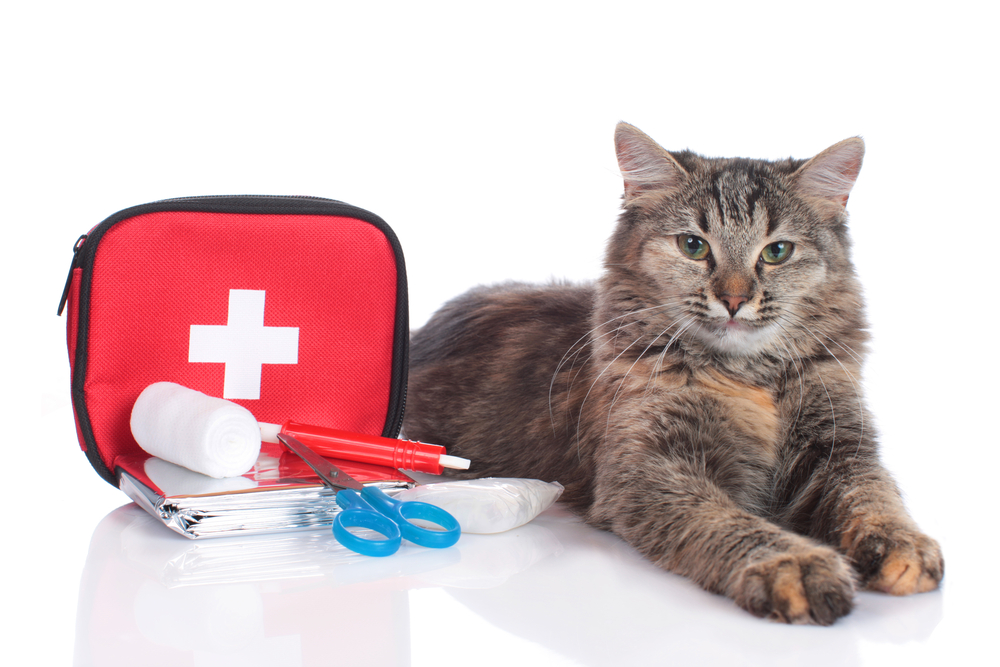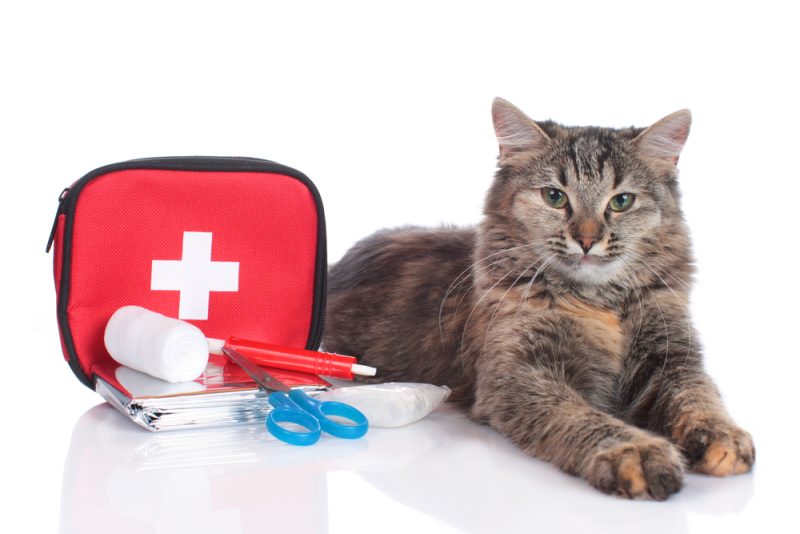Disclaimer: The information about these products has been fact-checked by one of our licensed veterinarians, but the purpose of this post is not to diagnose illness or prescribe treatment. The views and opinions expressed are not necessarily those of the veterinarian. We recommend contacting your pet’s veterinarian before purchasing any product from this list.
Curiosity may not always kill the cat, but it could certainly leave them worse for the wear. Active cats can find themselves in numerous dangerous predicaments, suffering minor injuries that could become full-blown emergencies without quick intervention. While a vet visit should be your priority for some issues, you can also handle many at home with the right tools.
Keeping a first-aid kit provides peace of mind that your cat will receive the help they need for any spontaneous injury or illness. But with their vast potential for getting into trouble, accounting for every circumstance isn’t easy.
After building a comprehensive kit, it can be nerve-wracking to discover you don’t have the right tool for your cat’s next unique issue. Covering every potential problem is a challenge, but we’ll help you get there with this detailed breakdown of the 25 essential items for your cat’s first-aid kit.

The 25 Essential Items for Your Cat’s First-Aid Kit
Resources
1. Essential Phone Numbers and Records
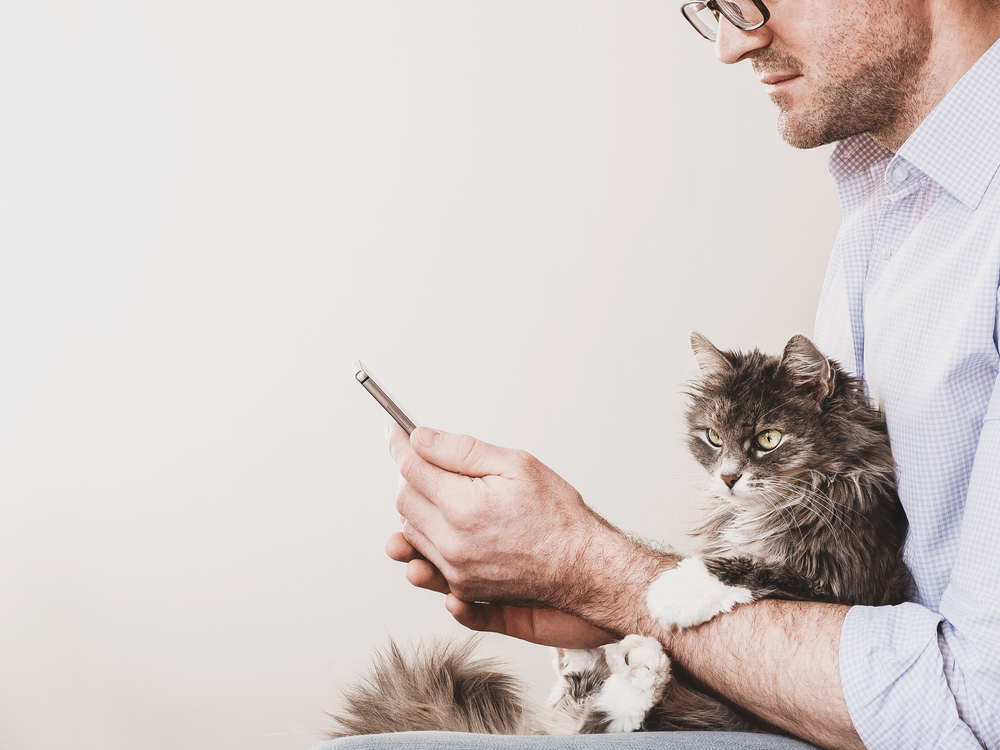
The first addition to your first-aid kit should be a list of critical emergency contacts. These can include:
- Your veterinarian
- Off-hours emergency vet line
- Pet Poison Helpline or ASPCA Poison Control Center
Having a list will help you in a stressful situation, and you can make it available to anyone caring for your cat when you’re not around. Keep an updated copy of your cat’s medical records handy alongside a printed photo of your cat if possible.
2. First Aid Book
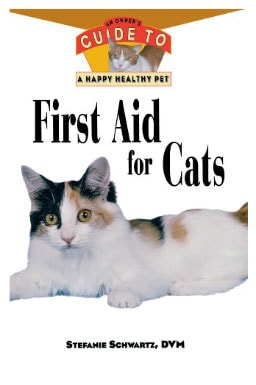
While you may not want to take the time to reference it in case of an emergency, a first aid book is always better to have on hand when you’re unsure of how to treat an injury. Gaining essential skills is crucial before disaster strikes, but a guide like First Aid for Cats offers easy-to-understand approaches to dealing with unexpected issues.

Wound Treatment
3. Antimicrobial Spray
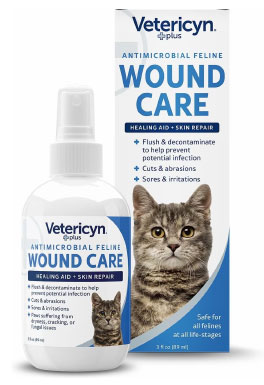
An antiseptic spray is a handy way to clean a wound and protect against infections. Povidone iodine is also practical but tends to be more challenging and messier to apply, it can also be irritating to the skin. Vetericyn Plus Antimicrobial Cat Wound Cary Spray flushes and decontaminates wounds to stave off bacteria and viruses without any preparation. It’s non-toxic, allowing you to use it confidently even if you can’t prevent your cat from licking at the wound before you can dress it.
4. Antimicrobial Gel
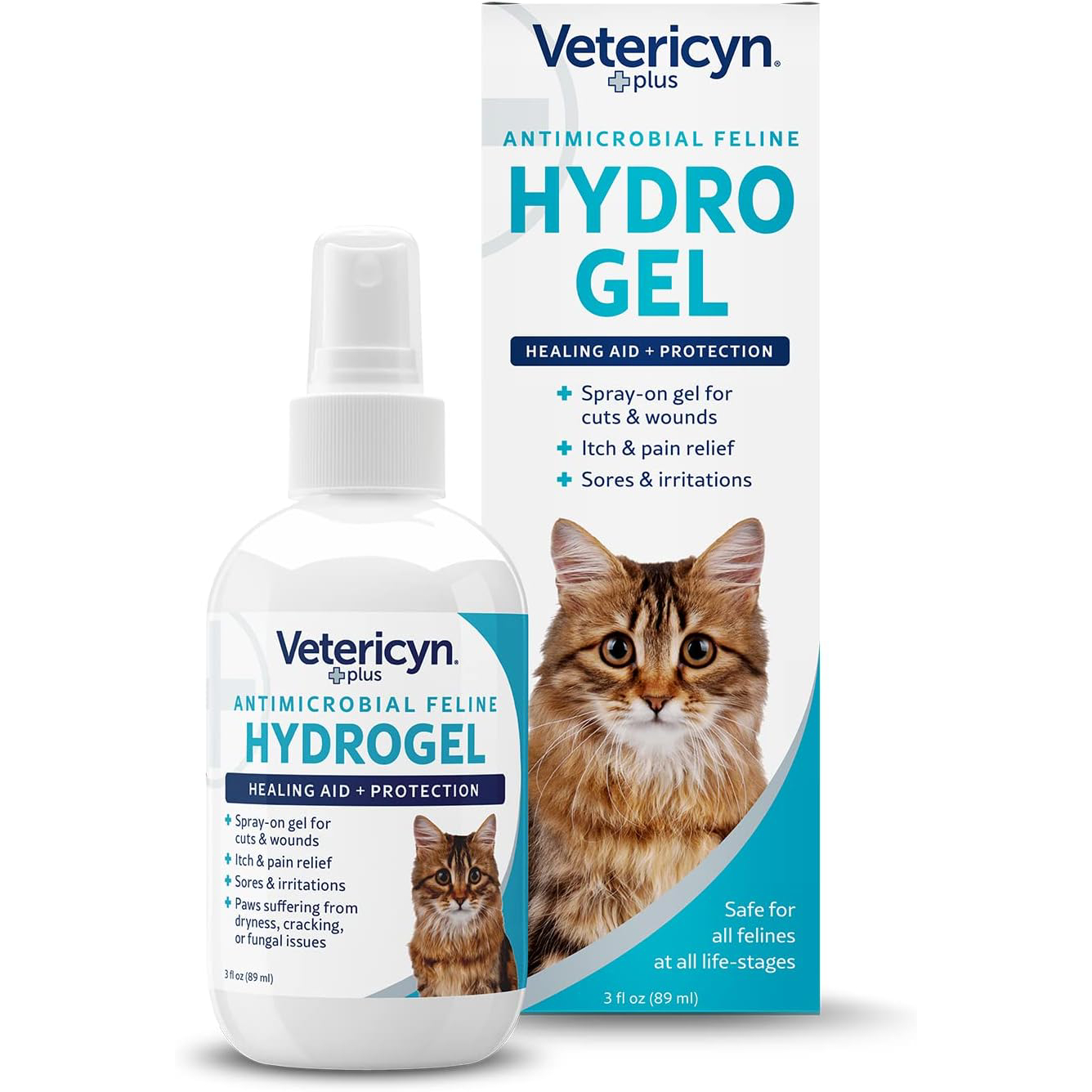
A vet-recommended cat-safe antimicrobial gel is practical for any family member, including a wounded cat. Applying gel after cleaning a wound will seal it against infections, speed healing, and reduce lasting tissue damage. Steer away from antibiotics or other medicated ointments you may have around your home without your vet’s supervision.
5. Antiseptic Wipe
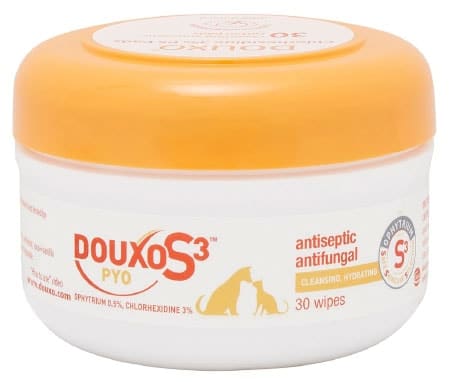
Antiseptic wipes are easier and quicker than messy creams and sprays on certain wounds. Douxo S3 PYO Antiseptic Antifungal Chlorhexidine Dog & Cat Wipes are a convenient first-aid addition to fight off various types of skin issues.
6. Ice Pack
- Our Pick: McKesson Cold Compress
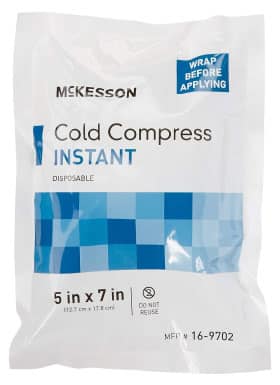
Insect stings, swelling, bruises, and tender areas can benefit from a cold pack for immediate pain relief. Products like the McKesson Cold Compress are on-demand treatments you can activate anywhere at any time.
7. Eye Wash
- Our Pick: Vetericyn Plus Antimicrobial Eye Wash
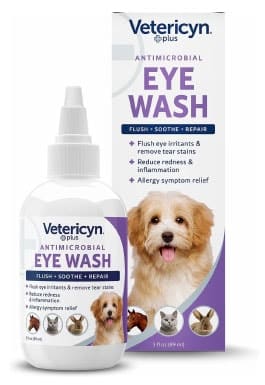
An antimicrobial eye wash is perfect for flushing your cat’s eyes free of allergens and debris. Vetericyn Plus Antimicrobial Eye Wash is safe around the eyes, nose, ears, and mouth, offering instant relief after an eye irritation.

Bandages and Wraps
8. Gauze Pads
- Our Pick: Dealmed Sterile Gauze Pads
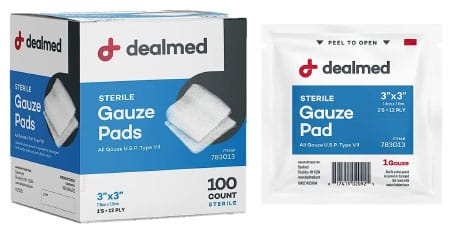
Gauze pads are an excellent alternative to cotton pads or tissue paper for open wounds. They can form an extra layer behind a non-stick pad to handle excessive bleeding and are a great option to hold ointments against the skin on burns and other topical injuries. Dealmed Sterile Gauze Pads are safe to use, absorbent, and available in 2×2, 3×3, and 4×4 sizes to fit your cat’s wounds.
9. Roll Gauze
- Our Pick: Gauze Care Gauze Rolls
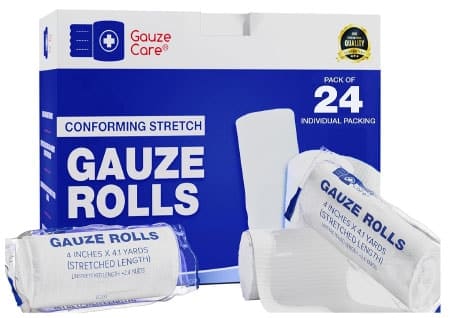
This is a light stretch bandage to provide gentle pressure when you need it. Use gauze alone or as a cover for a non-stick pad for severe wounds before you make your way to the vet. Products like Gauze Care’s 4-inch-wide gauze rolls are breathable and lint-free to keep wounds clean and expedite recovery.
10. Sterile Non-Stick Pads
- Our Pick: Curad Non-Stick Pads
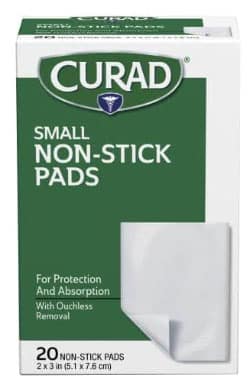
Sterile non-stick pads protect open wounds and wick away fluid to keep them clean. The non-stick feature is important for cats, preventing irritation as you remove and change the bandage. Curad Non-Stick Pads are perfect for a dog or cat emergency first-aid kit. Always read reviews and check labels to ensure products are 100% non-stick before buying.
11. Self-Adhesive Wrap
- Our Pick: WePet Pet Wrap Self-Adhesive Tape
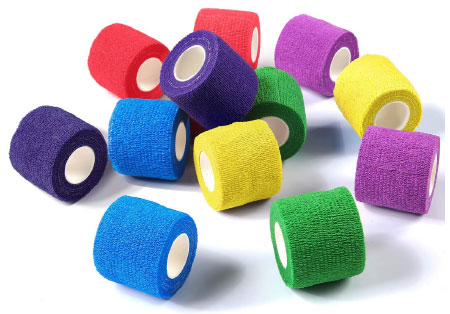
After bandaging your pet’s wound, you’ll need a wrap to finish the job. A self-adhesive wrap adds pressure when needed and stops your cat from chewing the bandage underneath. Never stretch it when wrapping since it could compress the tissue underneath or impede normal blood circulation if used, for example, around a leg. WePet Pet Wrap is an appropriate size for a cat, and it’s a convenient way to keep your pet’s wound safe as it heals without hindering their movement. If you’re worried about your pet chewing on the wrap, you can get a bitter-tasting spray like Chew + Heal No Chew Dog & Cat Spray as a safe deterrent coating.
12. 1-Inch Bandage Tape
- Our Pick: Nexcare Durapore Durable Cloth Tape
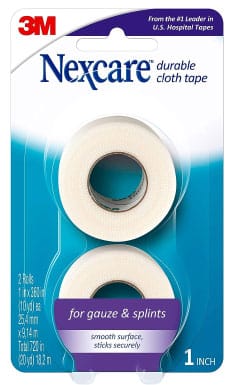
Even if you use a self-adhesive wrap, tape is still a helpful holder for gauze wraps should your cat fidget with their bandage. The tape can pull at hair, so it’s crucial to ensure it doesn’t make direct contact with their coat and cause discomfort. Nexcare Durapore is a comfortable, flexible-yet-firm tape to secure awkward bandages and supports.

Poison Control
13. Activated Charcoal
- Our Pick: VetDtox Activated Charcoal Powder
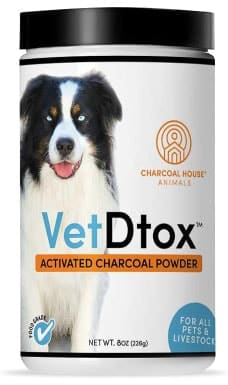
Activated charcoal won’t work in every situation, but it’s a useful way to manage certain poisonings. Always use it following your vet’s advice since it can even be contraindicated in some occasions. When directed by your vet, VetDtox Activated Charcoal Powder is safe to ingest, and it provides a fast-absorbing material to extract toxins before they can harm your cat.

Inspection Tools
14. Digital Thermometer
- Our Pick: iProven Pet Thermometer
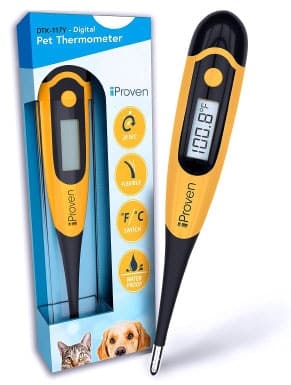
When you suspect your cat has a fever, a digital thermometer is crucial for informing your vet and guiding your next steps. Ear and forehead thermometers are comfortable and convenient, but a rectal thermometer like the iProven Pet Thermometer will give you the most accurate results. Remember to lubricate the tip before inserting it and, ideally, get a second pair of hands from a family member or a friend.
15. Petroleum Jelly (Lube)
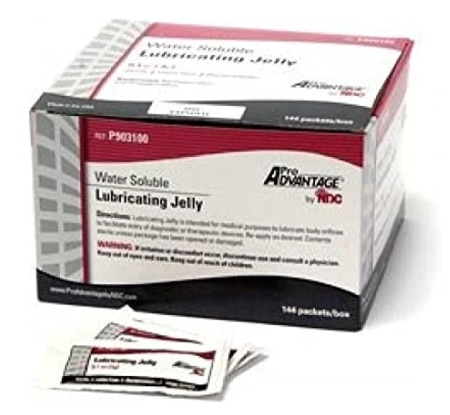
You’ll need lube to ease insertion when using a rectal thermometer. Individual products like ProAdvantage Water Soluble Lubricating Jelly packets are small enough to store in your cat’s first-aid kit and safe to use for protecting your cat when taking their temperature and prepping wounds.
16. Flashlight
- Our Pick: Eveready LED Flashlight
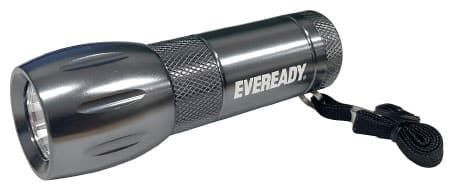
You’ll need a flashlight handy during night-time accidents and for checking the mouth, throat, nose, ears, and spaces between paw pads. A small, inexpensive Eveready LED flashlight is an ideal style to keep in your kit.

Administration
17. Cotton Balls
- Our Pick: DecorRack Small Cotton Balls
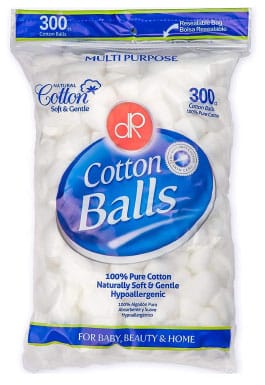
Cotton balls help you delicately use cleaning solutions around the eyes, ears, and other sensitive body parts. DecorRack Small Cotton Balls are a slimmed-down version suitable for a cat’s tinier features.
18. Cotton Swabs
- Our Pick: Q-Tips Cotton Swabs
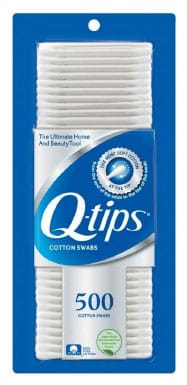
Like cotton balls, cotton swabs are valuable for wiping around delicate areas and applying cleaning solutions and antiseptics. Unlike cotton balls, these can be useful for clearing blood or fluids from the mouth or throat but should not be inserted into your cat’s ears. While most cotton swabs will work without issue, Q-Tips are a classic option you can rely on for sturdiness and a soft touch.
19. Syringes
- Our Pick: Ezy Dose Kids Oral Syringe & Dispenser
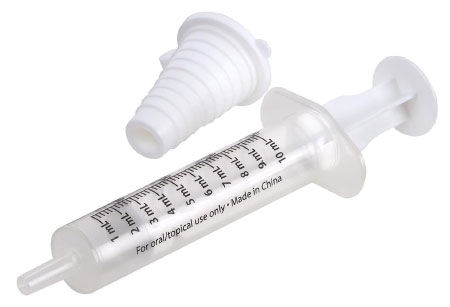
When your cat needs liquid medicines, an oral syringe is typically the only way they’ll take it. Syringes are also a great way to flush wounds and apply topical aids. Products like those from Ezy Dose easily measure the proper amount of fluid for painless administration. Make sure you don’t reuse syringes to avoid contamination.

Assorted First-Aid Tools
20. Pet Clippers
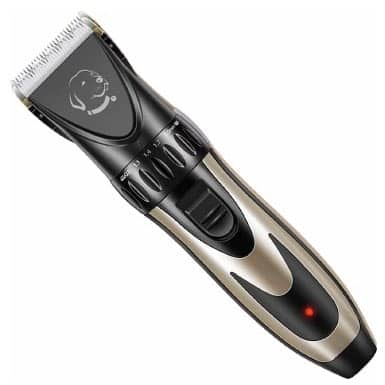
A trimmer will remove excess fur that prevents you from addressing an injury. Most cats don’t enjoy noisy hair clippers, so turn it on before approaching your cat to assess their response to the tool. A 5-in-1 cordless tool is usable anywhere. The Pet Republique isn’t the most durable clipper nor the best option as a primary grooming tool, but it’s an affordable, space-saving, and versatile addition to your cat’s first aid kit.
21. Elizabethan Collar
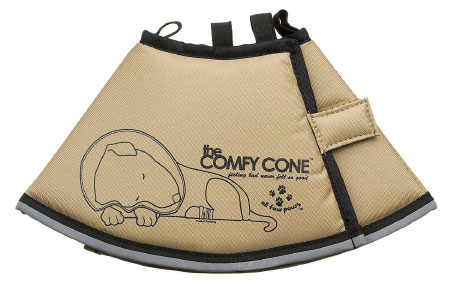
An Elizabethan collar, or E-collar, protects your pet when they have a healing wound or injury. After applying an ointment or bandage, you don’t need your cat’s teeth undoing your hard work and slowing recovery.
A flexible collar like the All Four Paws Comfy Cone E-Collar is easy to store and apply for maximum comfort. You can choose the perfect size for your pet, and it flips both ways to contain the head or protect the neck and chest.
22. Disposable Gloves
- Our Pick: PEIPU Nitrile Gloves
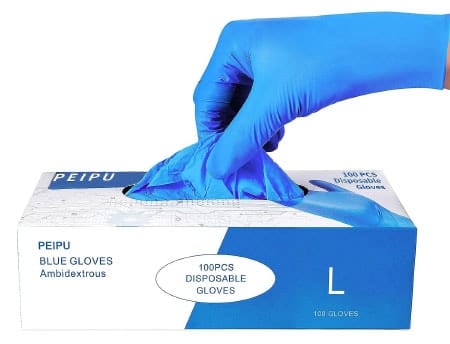
Disposable gloves are a critical barrier to protect you and your cat from dirt and infection while administering first aid. Consider your cat’s allergies before selecting a product. PEIPU Nitrile Gloves are latex and powder-free to prevent irritation. Just remember to properly dispose of each set after use.
23. Tick Removers
- Our Pick: TickCheck Tick Remover Tool
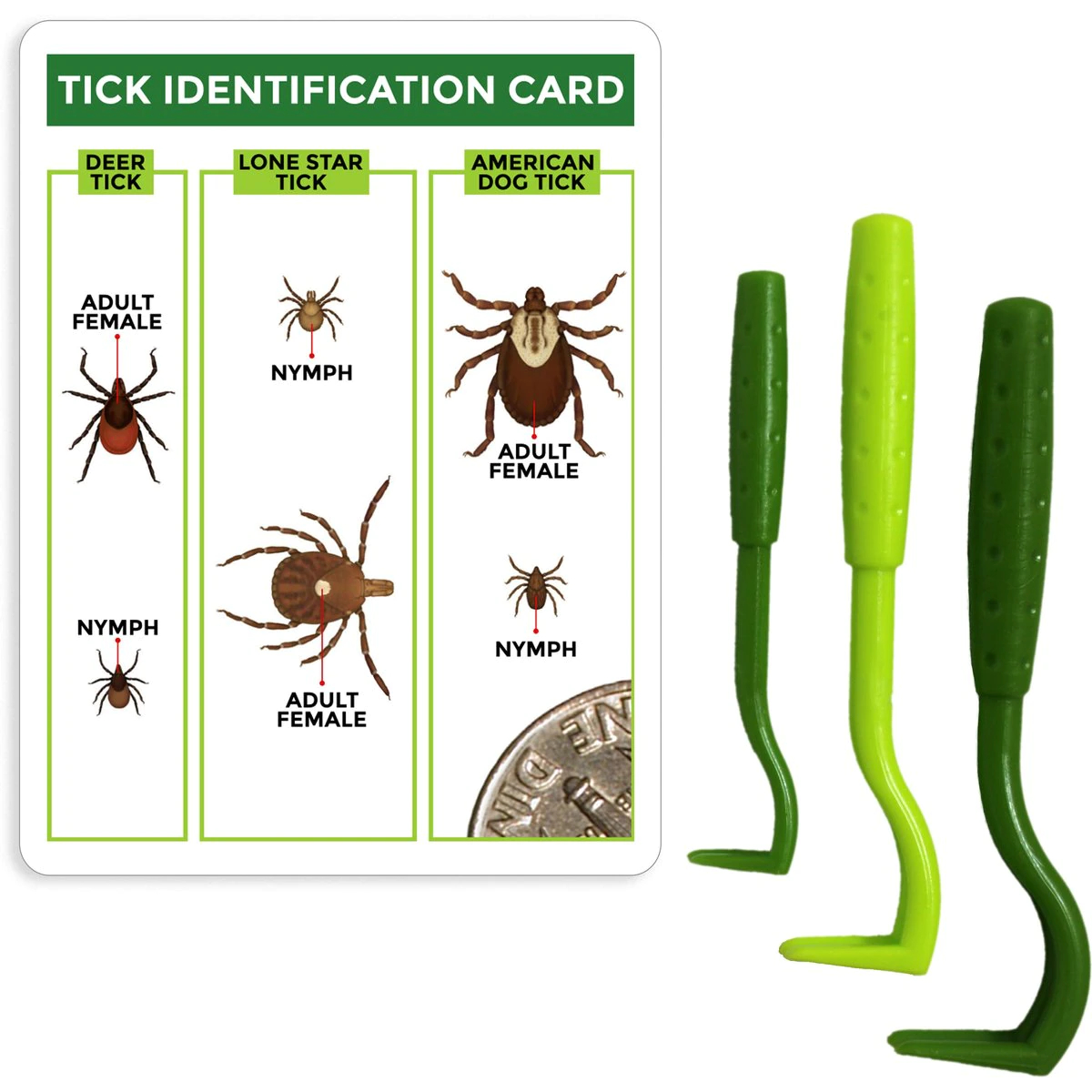
Even indoor pets can fall victim to a wandering tick, making a set of tweezers an essential tool in any cat’s first-aid collection. The TickEase Tick Removal Tweezers Tool has two sides for convenient, safe tick removal from people and pets. Plus, they can come in handy for carefully removing splinters and various other painful problems your cat may pick up.
24. Towel
- Our Pick: Frisco Microfiber Do & Cat Bath Towel
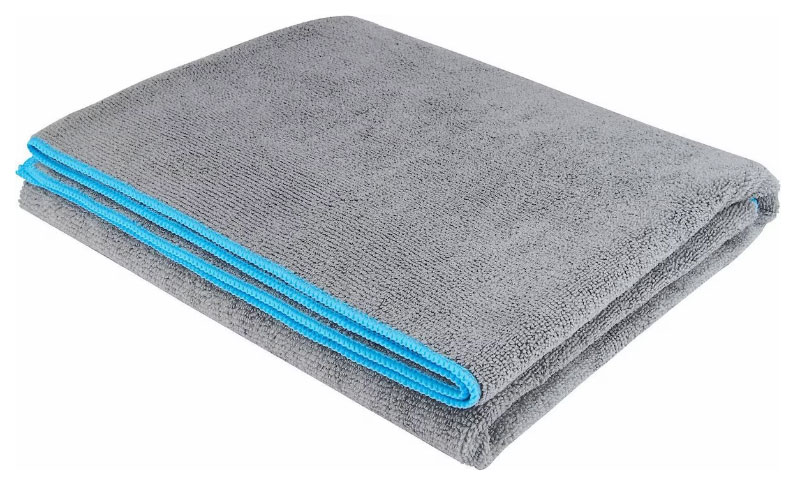
Don’t forget to bring a towel! A towel is one of the most versatile tools in your kitty’s first-aid kit, allowing you to soak up blood and discharge, keep pressure on wounds, warm your pet, cover cold packs, and form a makeshift cat holder. The Frisco Microfiber Do & Cat Bath Towel folds up to a compact size for simple storage while offering soft absorbency for effective care.
25. Blunt-Tipped Scissors
- Our Pick: Pet Magasin Dog & Cat Grooming Scissors
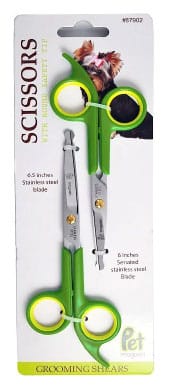
Scissors are critical if you plan to use your gauze roll and tape, but they need to be flexible enough to work on your cat too. A blunt-tipped safety set of scissors will make it easy to trim away matted or obstructive fur around wounds.

What Skills Should I Learn for Cat First-Aid Treatment?
Having the proper tools won’t matter much in an emergency if you don’t know how to use them. Understanding basic concepts like checking vital signs, administering oral medicines and wound treatments, and performing CPR are essential in overcoming any adversity before you can get your cat proper veterinary treatment. Fortunately, plenty of resources exist online, including the Red Cross Cat & Dog First Aid Online Training course.
Can I Buy a Pre-Assembled Cat First-Aid Kit?
If you’re still unsure how to start building your cat’s emergency first-aid kit, you can purchase a ready-to-use set like this one from ARCA PET. A pre-assembled setup is often cheaper than getting the individual pieces, and once you have the foundation, it can often be easier to complete the rest of the kit to address all your concerns.

Conclusion
With these 25 cat first-aid kit items on hand, you’ll be ready for almost any emergency involving your pet. But while they’re essential, they may not be comprehensive. Talk with your vet about unique threats to your cat and how you can prepare for any possibility. Taking proactive steps today will keep you confident and in control when your cat ends up in a sticky situation.
- See also: Essential Products to Spoil Your Cat
Featured Image Credit: absolutimages, Shutterstock
Contents
- The 25 Essential Items for Your Cat’s First-Aid Kit
- Resources
- Wound Treatment
- Bandages and Wraps
- Poison Control
- Inspection Tools
- Administration
- Assorted First-Aid Tools
- 20. Pet Clippers
- 21. Elizabethan Collar
- 22. Disposable Gloves
- 23. Tick Removers
- 24. Towel
- 25. Blunt-Tipped Scissors
- What Skills Should I Learn for Cat First-Aid Treatment?
- Conclusion

